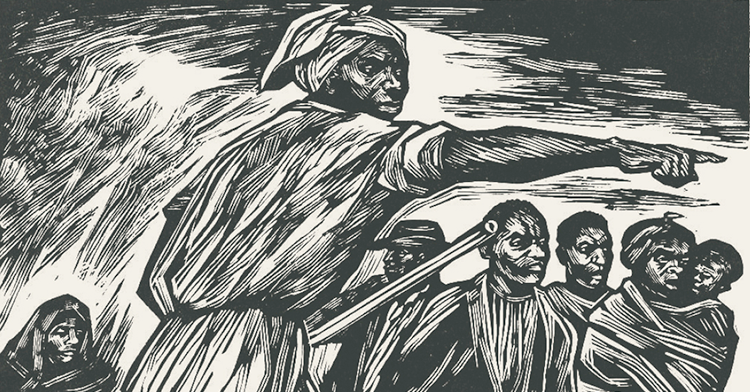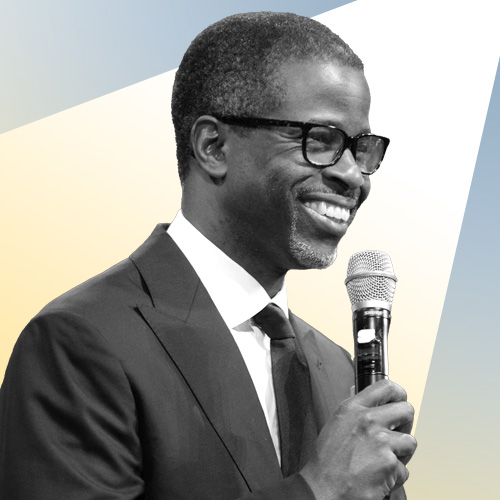Do Christian institutions feel more like cities or corporations? How we answer that question could reveal a lot about whether the institutions are likely to be innovative, as well as sustainable. Why?
Theoretical physicist Geoffrey West has looked at data from dozens of cities from around the world and discovered that as cities grow in size, they are exponentially more likely to be sources for innovation than are smaller communities.
They are also more likely to be sustainable and to endure over time. More recently, he has conducted research to compare data on cities to that on large corporations.
In two recent talks, he contrasts the creativity and durability of cities as ecosystems with that of large corporations as organisms. West’s empirical study looks at the growth and innovation of cities and large corporations on the one hand and, in the case of the corporations, their decline and death on the other.
As he looks at the data, West concludes that cities are like ecosystems that persevere and adapt, whereas large corporations are like organisms that are inevitably going to die. West also notes that cities are full of “crazy” people, whereas corporations screen those people out.
Author and Wired magazine founding editor Kevin Kelly doesn’t think the “crazies” are the key differentiator.
Kelly’s contrast returns us to our presenting question: Do Christian institutions feel more like cities, with their potential for creativity, connectedness, innovation and sustainability, or more like West’s stereotypical large corporations? We might also ask: Are there more generative ways of organizing Christian institutions to feel more like cities?
Cities have a defined core -- with a history, traditions, a sense of place, and concentrated development that encourages idea sharing -- as well as boundaries that flow into suburbs and exurbs and networks that extend its reach.
Such questions may seem counterintuitive, especially since many American Protestant denominational structures were organized precisely on the mid-20th-century models of large corporations. Now those Christian institutions are burdened by the regulatory structures of those models. It is not surprising that most have found that such models don’t seed innovation.
Even so, Christians have the resources to re-imagine our institutions as cities.
The book of Acts describes the development of the Christian movement consistent with West’s descriptions of cities as ecosystems. In Acts, the Christian movement developed networks of traditioned innovation in which permeable boundaries could be sustained.
The boundaries were important for establishing identity and for knowing who and whose we are. The permeability was sustained through such practices as hospitality and forgiveness. One gets a feel throughout Acts of the fluidity of the movement, a sense of the networks of relationships sustaining communities across the Greco-Roman world.
Today, the process of redefining our institutions as cities requires a mindset of cultivation, in which we think of our organizations as themselves parts of an ecosystem rather than as single organisms that live or die on their own
West’s point is that a solo organism is likely to die, but one that is part of a vibrant ecosystem has a better chance of evolving and growing, likely in surprising and innovative ways.
Living as part of an ecosystem involves developing a mindset of imagination that creates the possibility of seeing relationships and networks in new ways, as well as a mindset of trust in our relationships, which, we learn, are vital to our own survival.
Cultivating these mindsets can happen in rural and urban communities.
Indeed, Christian institutions have much to learn from rural communities about the importance of ecosystems and the interconnectedness of life. Rural areas cultivate close and mutual relationships between people and the land, and often are marked by a higher level of trust than is typical in cities.
But that trust tends to be reserved for members of that community; rural communities need to learn from urban environments about cultivating a sense of connection with other communities through networks and developing the imagination that is so integral to those networks. Rural communities teach us about interconnectedness, and urban contexts help us understand the importance of connecting communities; both enhance the mindsets of a “cities” way of thinking.
When Christian institutions think of themselves as isolated organisms, they tend to think of development in terms of finding external sources -- individuals, foundations and other organizations -- to fund their ideas. But if they think of their institution as part of a “city,” they are likely to think in terms of networks and partnerships. They thus develop mindsets of improvisation, communal excellence and sustainability.
For example, the “Nothing But Nets” initiative to deliver malaria nets to communities in Africa brought together the United Methodist Church with the Gates Foundation, the United Nations Foundation, the National Basketball Association, Sports Illustrated and individual philanthropists.
Not only were these partnerships able to leverage large and small gifts none of them could have managed on their own; they also could take advantage of expertise, relationships and delivery strategies that none had in isolation. Who would have thought of bringing such groups together? Yet the partners had an aspiration for human flourishing and were willing to improvise in pursuit of excellence in their work together. The initiative thus has been sustainable.
Imagining Christian institutions as cities also involves a commitment to the activity of integrative thinking.
Rather than setting things in opposition, integrative thinking reminds us that rural contexts can participate in a “cities” way of thinking, that small communities can become part of a scaled network of Christian innovation, and that any healthy institution, like any good city, needs both to maintain boundaries and to be open to strangers.
Of course, cities are not intrinsically desirable to inhabit nor signs of God’s reign. They can become characterized by stifling bureaucracy or frightening chaos. West notes that cities bring not only the good of innovation with them but also “the bad and the ugly” of disease, crime, waste and pollution.
At a minimum, the challenge for leaders of cities is to ensure that they are cultivated and managed as ecosystems, hospitable to creative and “crazy” people, and engaged in diversity not only in tolerant but also in life-giving and transfiguring ways.
If Christian institutions have much to learn from the innovative character of cities, cities need to learn from Christian institutions as well -- the practices of hospitality and forgiveness and reconciliation, and the character traits of perseverance, interpretive charity, truthfulness, courage and humility.
Christian institutions serve as a reminder of the past and purpose of a place. They remind us that we are connected to those outside the cities, and we are connected to the land and the air and the sea -- part of an ecosystem much larger than we can even imagine -- God’s good creation.
Teaching Tools
How would you name the key activities of your organization?
The critical mindsets? The essential character traits? Leadership Education at Duke Divinity suggests these lists as a starting place.
Activities: IRONIES
Integrate
Remember
Observe
Network
Inquire
Experiment
Strategize
Mindsets: CITIES
Cultivation
Imagination
Trust
Improvisation
Excellence
Sustainability
Traits: PITCH
Perseverance
Interpretive charity
Truthfulness
Courage
Humility










